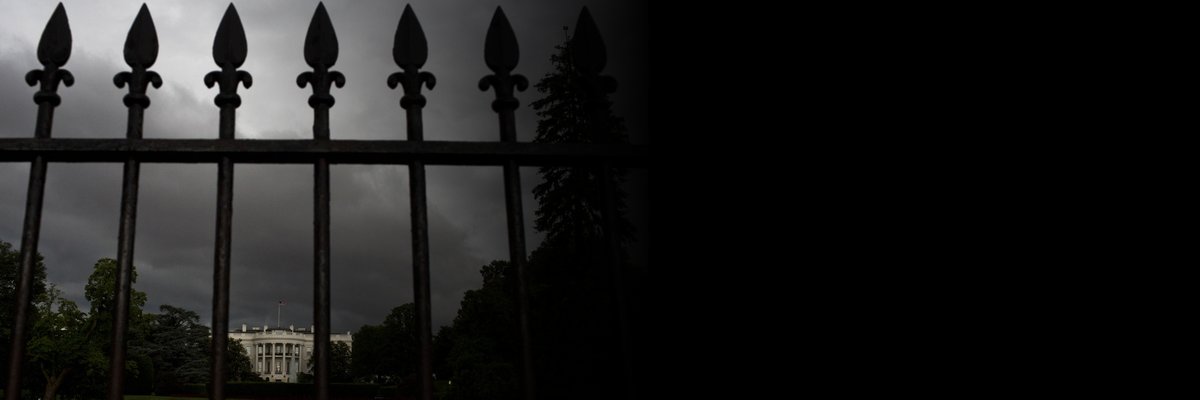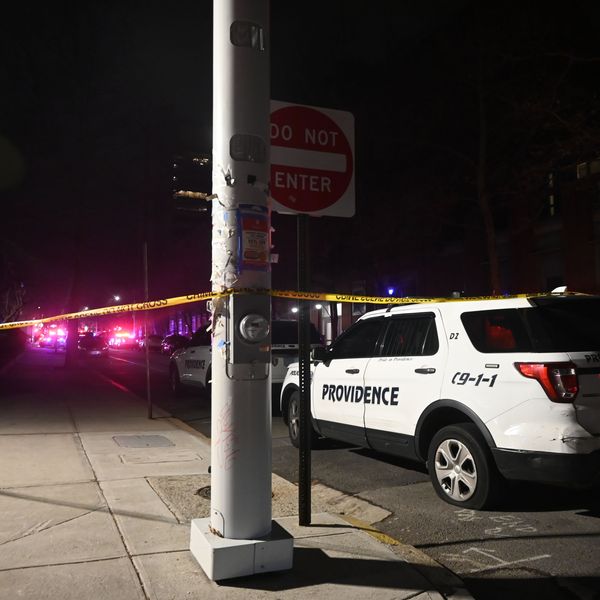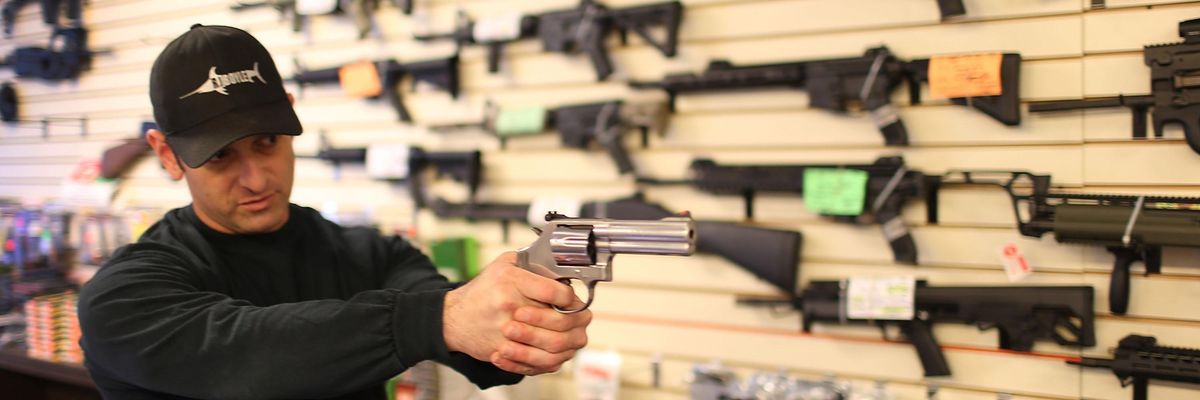It is not news that’s the United States suffers from way too much gun violence. This sad fact is common knowledge around the world. When the American problem of gun violence is brought to the attention of our leaders, they announce their sadness over the situation and then conclude that nothing can be done about it. I disagree.
First, a quick review of the problem. Although the last few years have seen a slight reduction in violent crime, the United States still has more gun violence by far than any other developed country. Our rate of gun violence is seven times that of Canada and 340 times the rate of the United Kingdom! To be sure other develop countries have poverty and inequality, racism and patriarchy, violent entertainment, and mental illness just like the United States; but they do not have the high rates of suicide and homicide by gun that we do.
The proposals described do not challenge the individual right to own a firearm, they simply organize and regulate it.
What is this so? Clearly, it is the presence of guns. The United States has about 330 million people and it has nearly 400 million guns. Guns are present in around 45% of American homes. And, it should go without saying, these firearms are dangerous, very dangerous. In the USA there are around 240 million car owners and, sadly, every year there are about 43,000 deaths from car accidents; at the same time, there are nearly 82 million gun owners and over 45,000 guns deaths. Guns cause nearly 50,000 deaths every year. They produced nearly 27,000 suicides and 21,000 homicides in 2022; this was 75% of all homicides and 54% of all suicides. Every day in our country, over 300 people are shot and over 100 of these people die (40% murders, 60% suicides).
So, yes, it is a huge problem in our country. But it is soluble problem.
Current comparisons between states with strong gun ownership regulations and those with less stringent laws point toward a solution. Gun deaths are higher in states with lots of gun owners and lower in states with fewer. And gun deaths are highest in states that have created a right to concealed carry of a weapon. Gun deaths decline when gun control regulations are instituted in a state, and they become more frequent after a state reduces regulations or creates new gun ownership rights. And, as already mentioned, countries with strong gun control laws have much lower rates of gun violence than the United States.
A sad reminder of these facts recently occurred in the Czech Republic where an armed man shot and killed 14 people in Prague. This tragic event occurred only a short while after the country loosened its gun regulations. It must be noted that the Czech Republic is the only EU member that claims a constitutional right to bear arms.
I would like to suggest a simple two-part solution for gun violence in the United States.
First, we must make it more difficult to own guns.
Taxes and national pricing regulations could be used to increase the cost of guns. Regulations could be enacted that charge tariffs to gun manufacturers and retailers based on the real costs of guns to society. Estimates are that gun violence costs our country over $500 billion dollars a year, including costs to victims, cost to police, courts, and the criminal justice system, lost wages and spending, losses to quality of life, etc. And much of these costs are born by government agencies and thus are paid for by all taxpayers. These costs could inform a tariff added to the price of guns manufactured and/sold in the United States.
Second, we could treat guns more like cars; that is make it a bit cumbersome and difficult to own and operate one. We could enact a registration system for guns that would require folks to possess a gun owner’s license before they could purchase or own a gun. To get such a license, people would have to be a certain age (30?), pay a substantial annual fee, and pass an annual gun training course and exam. Of course, the course and exam would also change a substantial fee to participants, and buying the resultant permit would also be costly. In addition, owners could be required to answer a tedious and complicated gun ownership application and present their gun and ammunition to the “Department of Firearms Ownership,” DFO, for inspection. DFO offices could be very understaffed, very bureaucratic, and very difficult to visit and use. In addition, there would be substantial fines assigned to people who violate any of these rules and, of course, their guns and ammunition would be confiscated.
In other words, let's make buying and owning a gun very expensive, bureaucratic, and time-consuming process in the United States. And, as an added benefit, the taxes and fees collected in the gun owner licensing and registration process could be used to cover some of the costs created by gun violence and could be directed to public health education programs concerned with the problem of gun violence.
Secondly, we must get rid of many of the existing guns in our communities.
The funds collected from gun manufacturers and owners could help solve the oft-heard question, “What about people who already own guns?” At the same time that we are making it more difficult and more costly to own a gun, the government could sponsor frequent “gun buyback” events where current gun owners are offered, with no questions asked, top dollar for their guns (which the government would then destroy). Experience here in the United States and other countries shows that these events are politically popular and buyback programs in Australia, New Zealand, Great Britain, and elsewhere demonstrate that they can lead to a reduction in gun violence. The most effective program would be one operated by a public agency other than the police due to the fact that trust in law enforcement is low in many communities. And, of course, the amount paid for a buyback must be large enough to motivate owners to sell. Certainly, it is true that by themselves gun buybacks may have only a small effect in reducing violent crime, but recent experience in Australia indicates that when combined with increased government regulation of gun ownership they do help reduce gun violence. If owning a gun is difficult and expensive and the government offers to buy it from you for a good price, many people will take that offer.
Finally, let's take a brief look at the elephant in the room, the Second Amendment to the U.S. Constitution: “A well-regulated Militia, being necessary to the security of a free State, the right of the people to keep and bear Arms, shall not be infringed.” Most legal scholars agree that the Constitution does not grant individuals a completely unregulated right to own a gun. Regulations such as fees, licensing, and registration are clearly constitutional. This position has been validated by Supreme Court justices from Scalia to Stevens. The proposals described do not challenge the individual right to own a firearm, they simply organize and regulate it.
In the United States of America, you have to pay fees, pass tests, undergo inspections, and earn a license to own and operate a car, operate a small business, build a building, serve food or liquor, sell cannabis, practice law, medicine, accounting or architecture, or do many other things. Shouldn’t the same kind of rules apply to owning a firearm?



